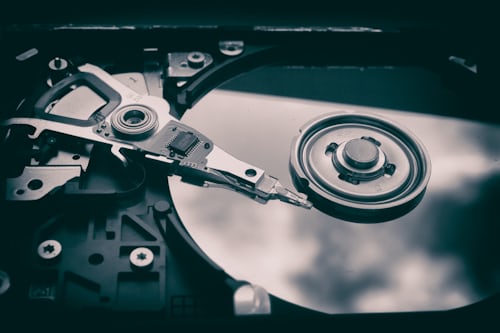Create Linux Install USB on Mac
Posted on May 13, 2014 • 2 minutes • 248 words
Create a bootable USB drive, for installing Linux, on your Mac.
Picking a Linux distro is like picking your favorite flavor of ice cream.
Find an awesome Linux distribution here distrowatch.com
Prepare
Convert the .iso file to .img using the convert option of hdiutil
hdiutil convert -format UDRW -o ~/path/to/target.img ~/path/to/ubuntu.iso
Note: OS X tends to put the .dmg ending on the output file automatically.
Remove the USB drive from your machine if it’s currently inserted.
Run diskutil list to get the current list of devices.
diskutil list
Insert your flash drive.
Run diskutil list again to determine the device node assigned to your flash media (e.g. /dev/disk1).
diskutil list
insert example output
diskutil unmountDisk /dev/diskN
Replace N with the disk number from the last command; in the previous example, N would be 1.
sudo dd if=/path/to/downloaded.img of=/dev/rdiskN bs=1m
Execute sudo dd if=/path/to/downloaded.img of=/dev/rdiskN bs=1m (replace /path/to/downloaded.img with the path where the image file is located; for example, ./ubuntu.imgor ./ubuntu.dmg).
- Using /dev/rdisk instead of /dev/disk may be faster
- If you see the error dd: Invalid number ‘1m’, you are using GNU dd. Use the same command but replace bs=1m with bs=1M
- If you see the error dd: /dev/diskN: Resource busy, make sure the disk is not in use. Start the ‘Disk Utility.app’ and unmount (don’t eject) the drive
diskutil eject /dev/diskN
and remove your flash media when the command completes.
Install
Restart your computer and press alt/option key while the Mac is restarting to choose the USB drive.
